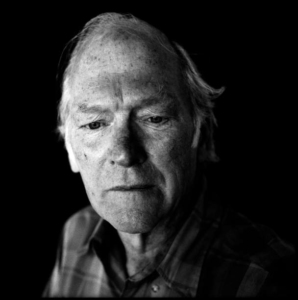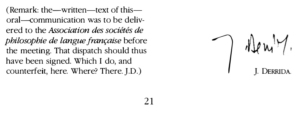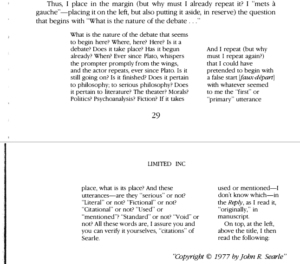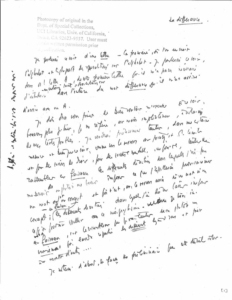
The Problem of Cézanne the Person in Relation to His Art
Cézanne eradicates any attribute that could facilitate an intellectual or emotional grasp of the objects represented in his pictorial world. Atmospheric content is systematically eliminated; life as if beheld by an “extrahuman” gaze grows cold; the illusion of three-dimensional space is laid bare; and line, a necessary evil, is deprived of even the slightest measure of expressive value, which until then it had still inescapably and as a matter of course assumed. Rather than cultivating a world of thought and feeling beneath appearances, Cézanne’s artistic ideology denies this possibility.











